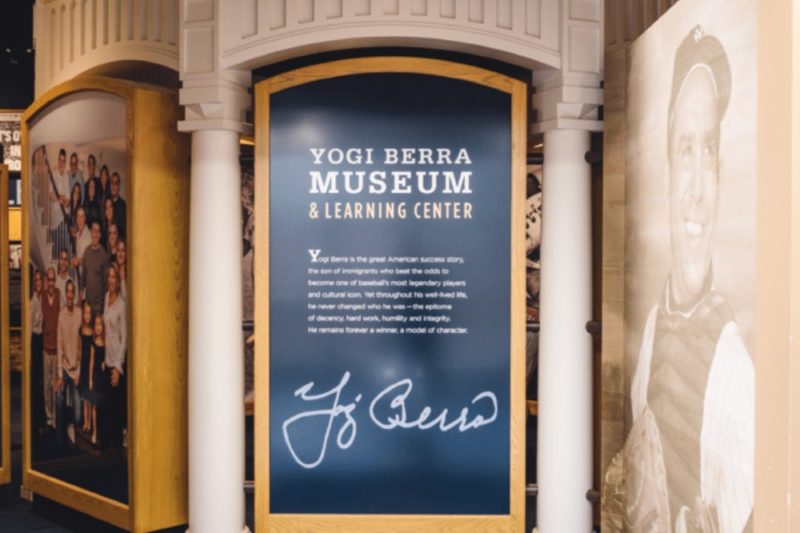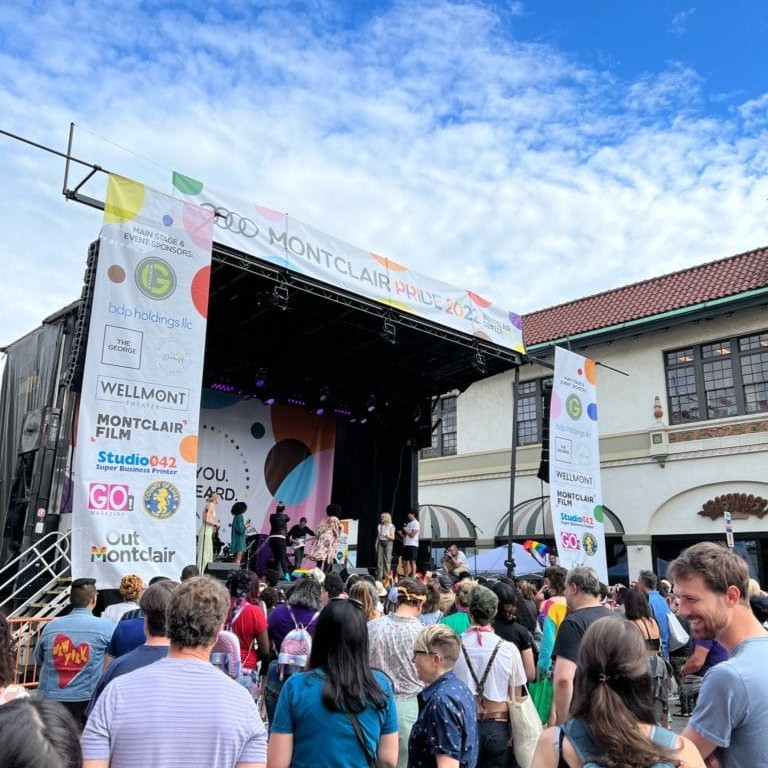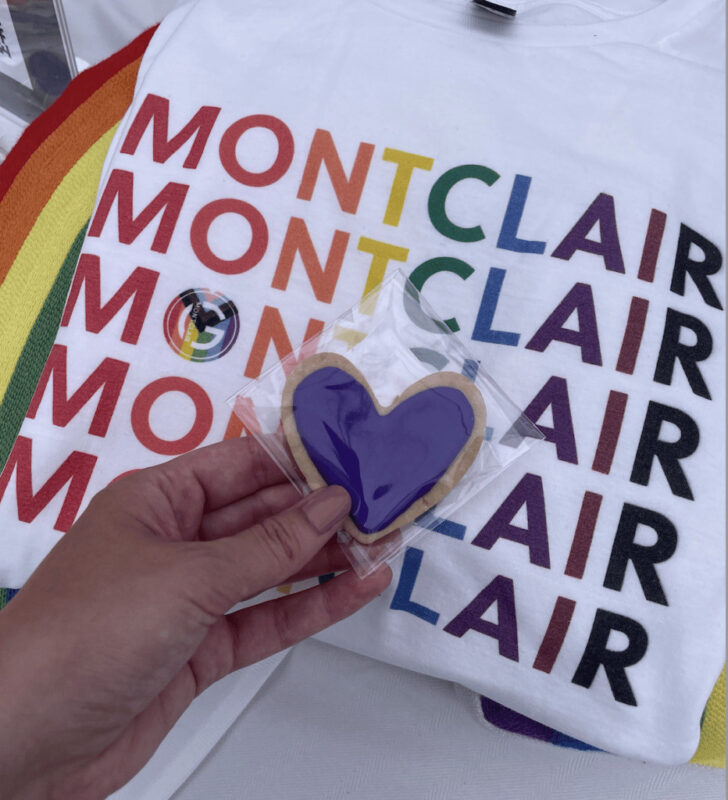For those who have grown up in Montclair or lived here for a while, you might have a story about Yogi Berra. Whether it’s a friendly wave from his Highland Avenue home, “BERRA” showing up as a wrong number on a caller ID, or you heard him deliver an inspirational speech, you knew how important Yogi Berra was to the Montclair community. While we’ve been without him these past few years, his legacy continues to live on at the dynamic and intimate Yogi Berra Museum, located on the grounds of Montclair State University. Read on to learn more about this special spot, and plan your next visit.
“It ain’t over, ‘til it’s over.” – Yogi-ism

About Yogi

Lawrence Peter “Yogi” Berra was born to Italian immigrant parents on May 12, 1925. His early childhood growing up on “The Hill” in St. Louis, MO, was a happy one. He played baseball, hockey, and soccer with his neighborhood pals, some of whom met him later in the Major Leagues. Sitting cross-legged while waiting for his at-bat, a friend said he looked like a Hindu man in a movie. The name stuck, and Berra went by Yogi for the rest of his life.
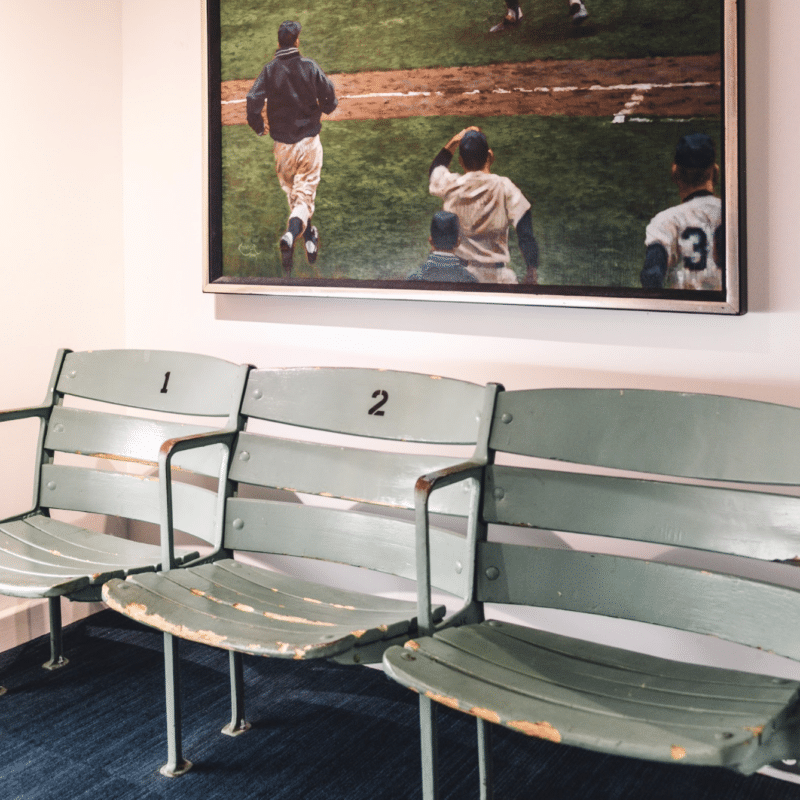
Kids in the neighborhood often played “sandlot” baseball, which gave Yogi an informal start to a game he loved. While his three older brothers left casual sports for serious work, Yogi held on and attempted to do both. In 1941, Yogi tried out for the St. Louis Cardinals.
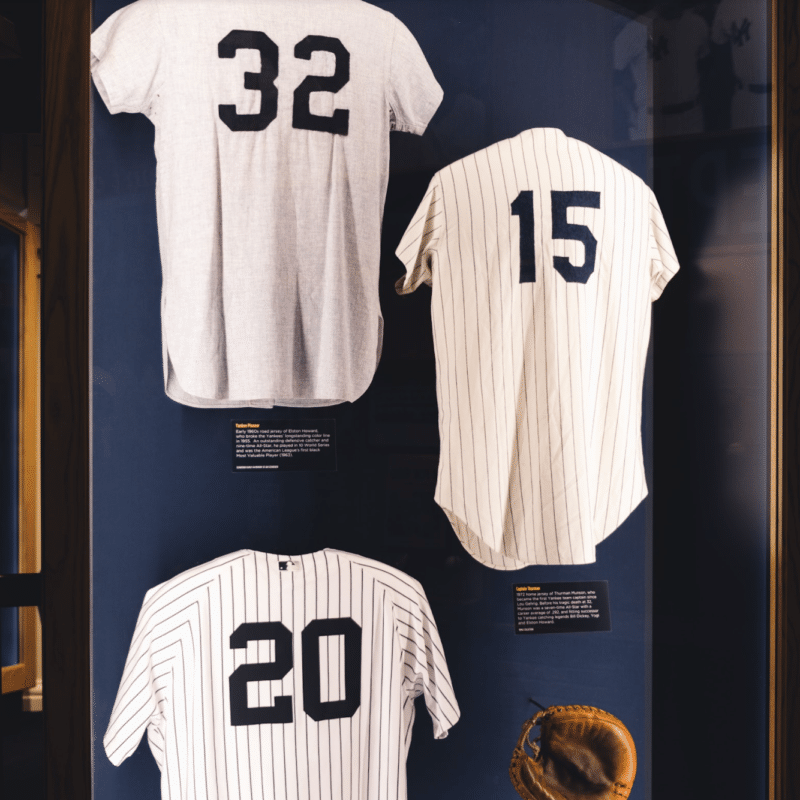
At just 16, he was offered a contract. But at half the value of a similar contract offered to his neighborhood pal, Yogi turned it down. Then, lobbied by a former coach, the New York Yankees offered Yogi a generous contract and signing bonus for him to join an affiliate minor league team. He snatched it up.

However, bigger things were happening in the world than baseball. World War II took over the American psyche, and at age 18, Yogi Berra joined the Navy, where he served from 1943-1946. He found himself aboard a Naval ship as a young gunner on D-Day. Stationed on the waters of both Utah and Omaha beaches, Yogi fought in one of the most treacherous, strategic battles of the entire war. But it didn’t stop him from playing baseball. Even while the world was despairing, he made time to play America’s favorite pastime with other service members.
Read More: The ULTIMATE Montclair Bucket List
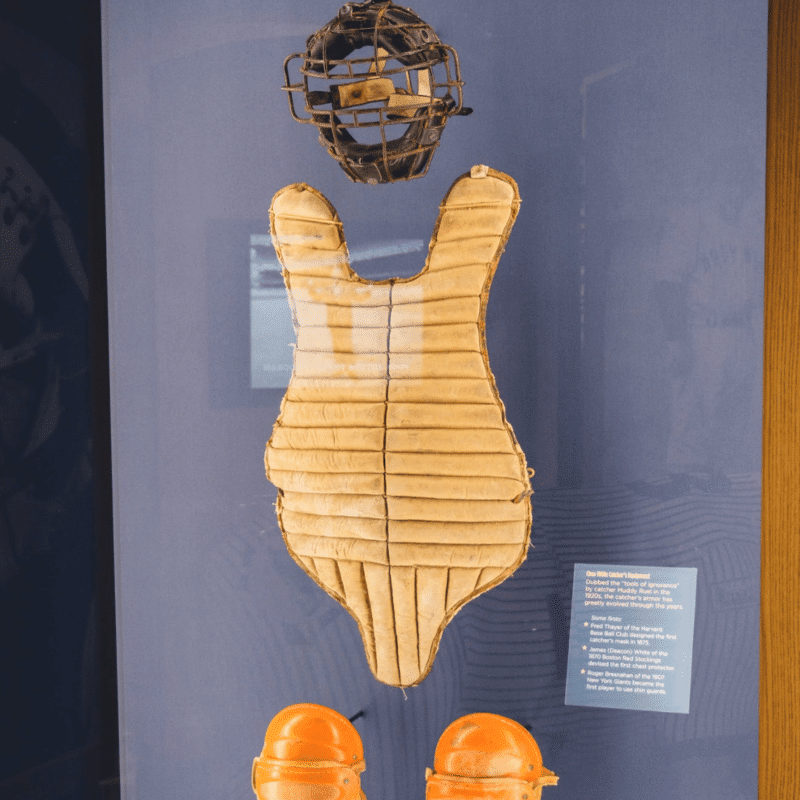
After being honorably discharged from the service, Yogi went back to the field, this time for the Newark Bears. In 1946, he was called up to the Major Leagues and hit a home run in his first game. It was a great start to a long career as an athlete, coach, and manager. Despite his many successes, life at the Yankees’ stadium wasn’t always easy for Yogi. As the son of immigrants, he was taunted and teased. One manager referred to him as “the Ape” because of his short stature.

He went on to play with Joe DiMaggio, who was nearing the end of his legendary career, and he was mentored by coach Bill Dickey, who retired after 19 seasons as a catcher with the Yankees. Dickey taught Yogi everything he knew, and the pair even shared the same jersey number: 8.
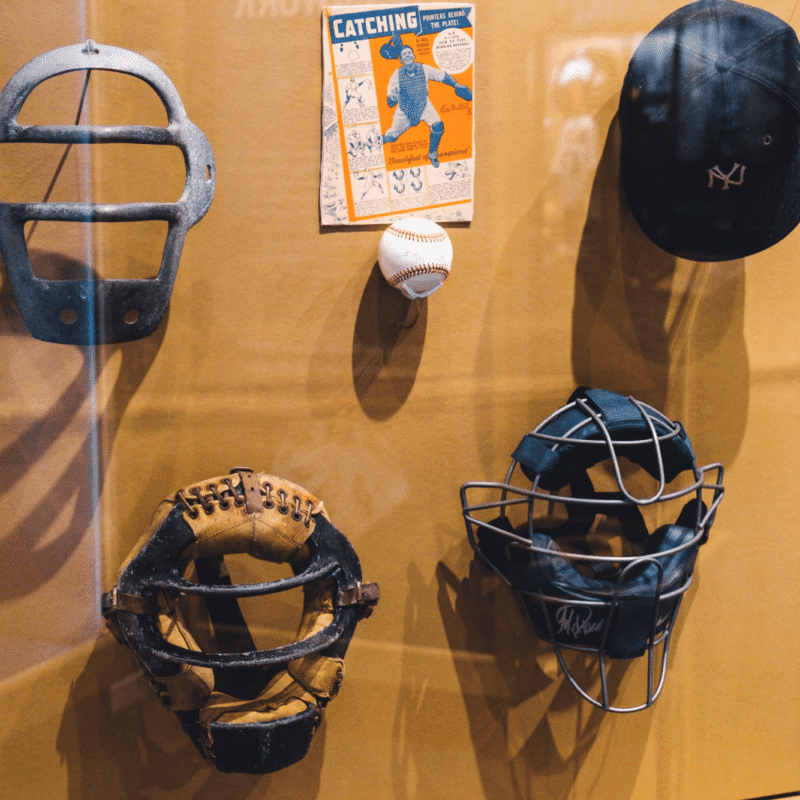
The icon played a long successful career as the Yankees catcher, retiring in 1963. As a coach, he used everything he learned from his mentors and friends. As a manager, he worked hard to lead the Mets to a National League Pennant in 1973. He also coached the Yankees in back-to-back World Series wins in 1977 and 1978.

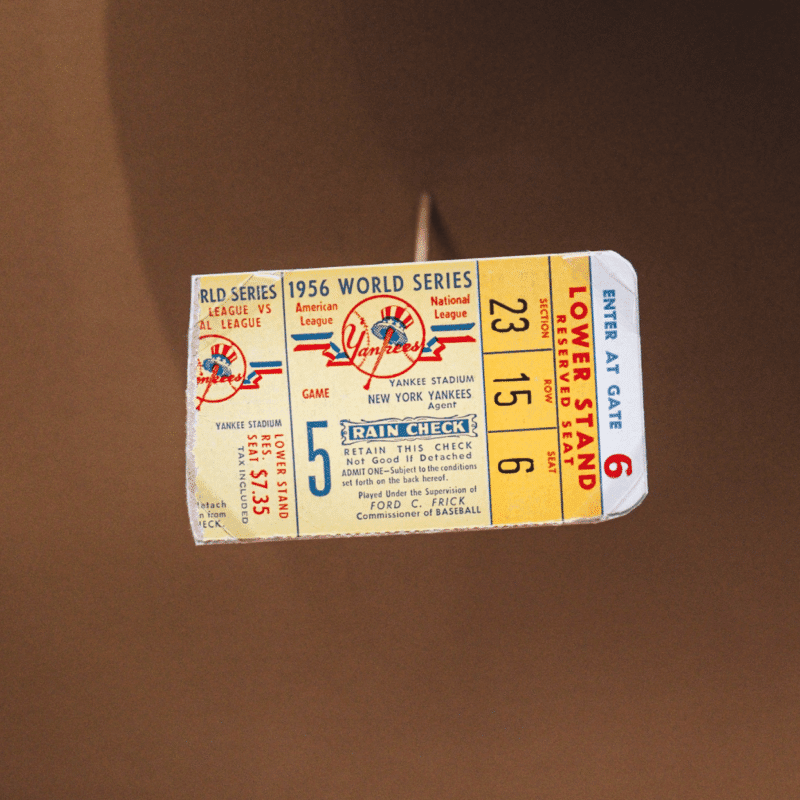
Yogi Berra lived in Montclair for half a decade and chose our town as the place to raise his three sons. He was an active community member, inviting children to tour his museum, keeping in touch with his pal Larry Doby (the second Black player to break the color barrier in MLB and a Montclair transplant), and encouraging learning through courses out of Montclair State like the Weston Science Program’s “Physics of Baseball.”
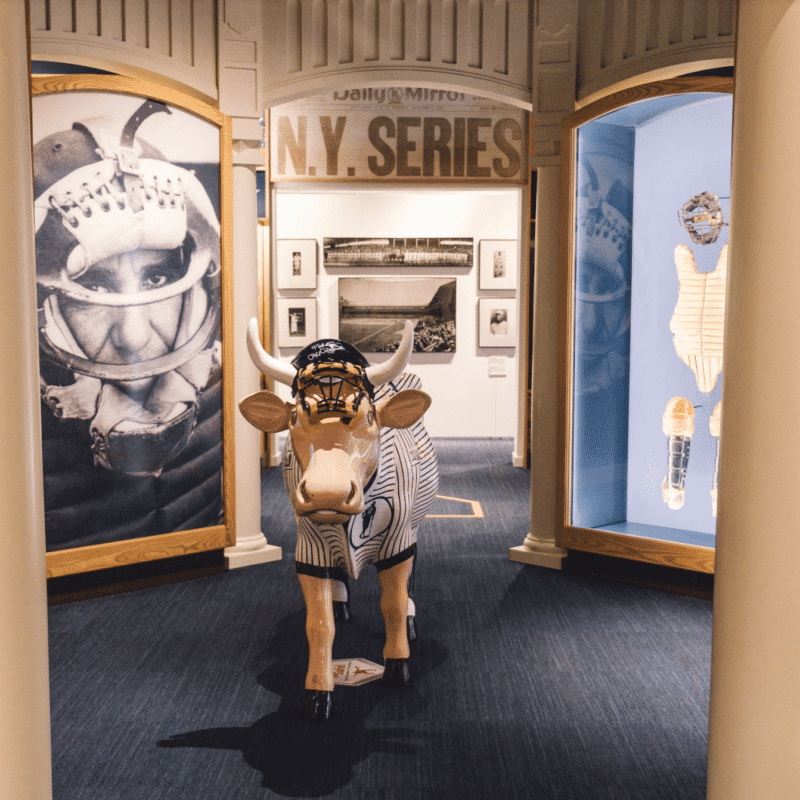
Family, friends, and community were always an essential part of Yogi Berra’s life. When he retired from sports, he was passionate about supporting his family, keeping in touch with other players, and contributing what he could to educate and share his love of baseball with the world. His legacy is now showcased at the Yogi Berra Museum.
The Story of the Museum
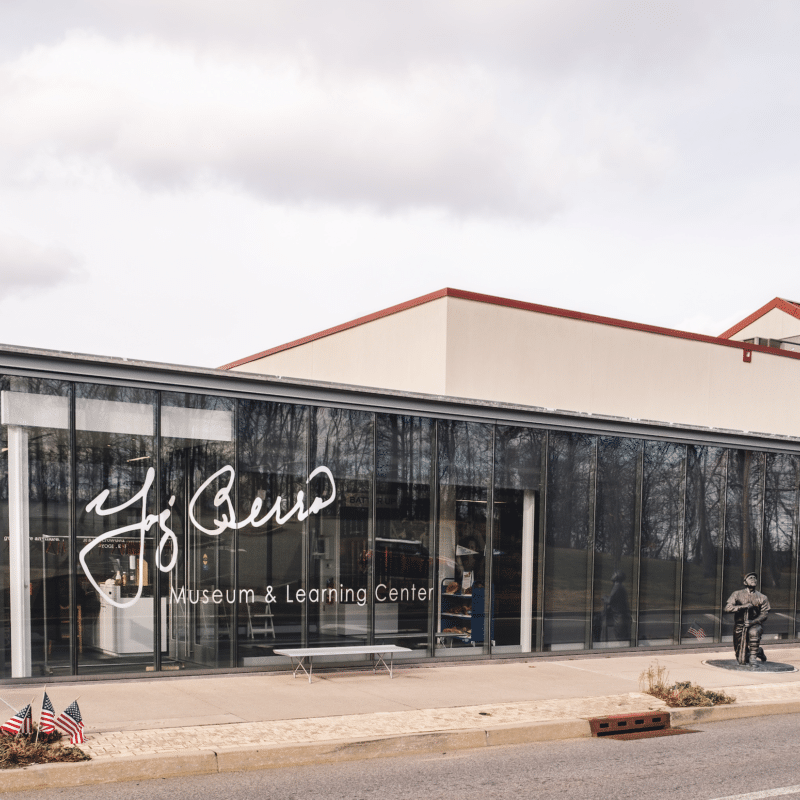
Not everyone knows about the Yogi Berra Museum in town since it is tucked away in a quiet corner of the Montclair State campus. Located adjacent to the Yogi Berra Stadium, the Museum is compact and intimate. But don’t be fooled!

This state-of-the-art facility, redesigned by IKON 5 Architects in 2010, tells the story of Yogi Berra’s life in stories, objects, and achievements. This focus is particularly special because it allows a visitor to learn about Yogi’s life from his childhood as an Italian-American, through an outstanding sports career, and into retirement.

From the sandlot games of his St. Louis childhood to his fight with Steinbrenner, The Yogi Berra Museum tells the captivating story of growing up in the golden days of America. The Museum keeps baseball fans of all ages in awe with interactive exhibits, a focused narrative, and a hall for rotating displays.
See More: Hoboken Legend Maria Pepe: The First Girl to Play Little League Baseball
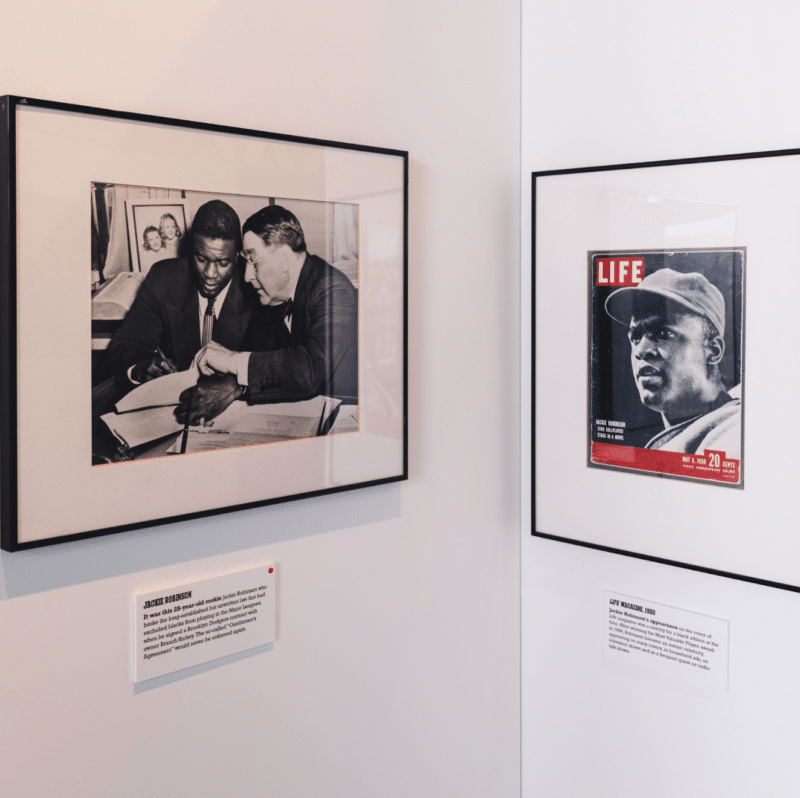
Not a fan of baseball? Not a problem. The Museum highlights all aspects of Yogi Berra’s life during and after World War II. His life is a story of resilience and kindness, a true testament to the American dream. You cannot visit this Museum without feeling motivated and inspired — Yogi’s life will deliver that right to your heart.
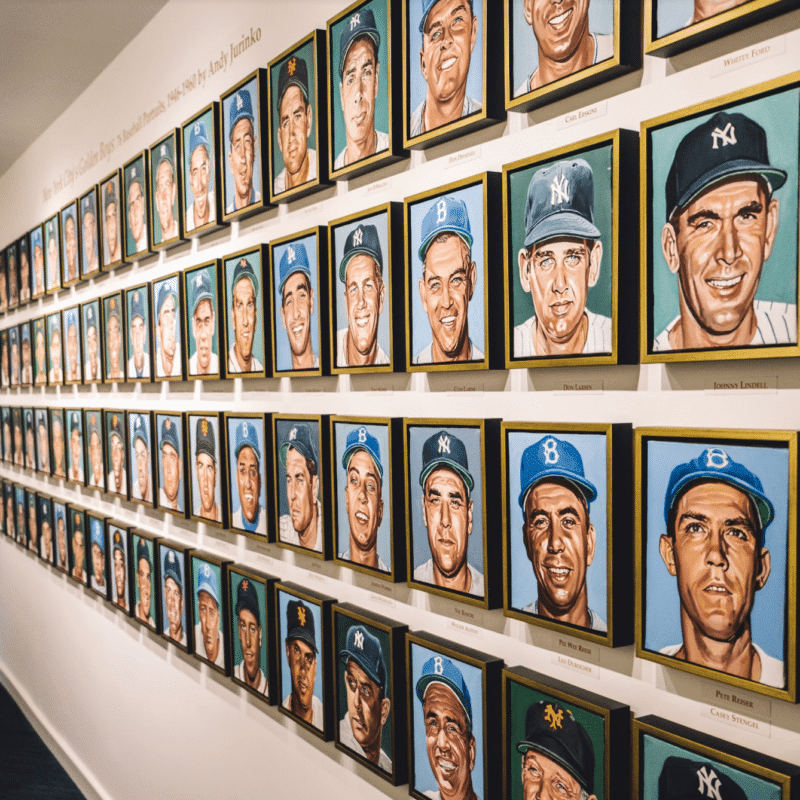

The best part of the Museum is how it humanizes a legend. Yes, he was a war hero. Yes, he was a New York Yankee. But he was also once a kid playing baseball with his brothers in the sand — dreaming of something bigger. We’re glad Yogi Berra loved Montclair and lived here for more than 50 years.

How to Visit

The Yogi Berra Museum and Learning Center is located at 8 Yogi Berra Drive in Little Falls, on the campus of Montclair State University. Opening hours are Wednesday through Sunday from 12PM-5PM.

Admission is $10 for adults, $5 for children and seniors, and free for Veterans and Montclair State students. The Museum is wheelchair accessible, and parking is located in the lot directly across from the site.
Keep up with the latest from the Museum on its Instagram and Facebook pages.


